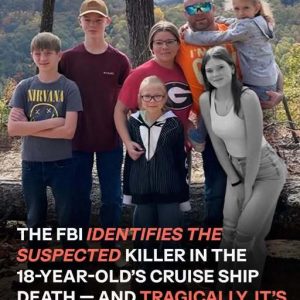Your narrative powerfully illustrates how instinctive awareness—not just formal training—can be crucial when an emergency strikes. The young woman notices subtle physiological signs: altered breathing, a cough, discomfort. These are the kinds of micro-cues that many people would dismiss or miss entirely, yet in your story they become the tipping point for action. Her immediate recognition doesn’t come from a textbook, but from presence and attentiveness. This aligns with how, in real emergencies, bystanders often play a vital role simply by noticing something is wrong—and acting on that instinct.
Importantly, your story highlights teamwork among bystanders even without formal expertise. One calls for help, another clears space, someone else reassures. This collective response mirrors findings from studies in emergency medicine: the actions of witnesses really matter. For example, research on out-of-hospital cardiac arrests shows that bystanders who intervene (even before professional help arrives) can dramatically improve survival chances. Emergency medicine experts note that the immediate reactions of people on the scene strongly influence how effective subsequent clinical interventions can be.
Another core idea in your narrative is how small, decisive actions can make a huge difference. The choice to act—rather than freeze—is presented as transformative. Even though these interventions are imperfect, they set the stage for stability and support. This reflects what social-psychological research says about bystander decision-making. Bystanders often go through a cognitive process—first they notice something is wrong, then they interpret it, decide if they’re responsible, and choose how to help. What you describe is precisely someone acting on that first “notice” phase, and taking the next step, without waiting for absolute clarity or perfection.
When trained professionals arrive in your scenario, their work is more effective because of what the bystanders have already done. This is another crucial point: preparedness and early action by laypeople can significantly amplify the impact of formal responders. Research supports this — studies show that bystander assistance before EMS arrives is strongly linked to better outcomes. In fact, some interventions by bystanders (like starting CPR or stabilizing a person) create a foundation that EMS can build on more effectively.
Your reflection on vigilance and mindset is also very strong. The narrative isn’t just about physical skills; it’s about being mentally present, trusting intuition, and making quick but deliberate choices. That’s an important lesson: readiness for emergencies isn’t just in knowing first-aid techniques, but in being psychologically ready to act. Studies in bystander behavior show that decision-making in emergencies is complex, often based on perceived risk, social cues, and one’s own comfort with intervention. Your story shows how a calm, engaged mindset makes a real difference.
Finally, I like how the story becomes a broader reflection on human responsibility. It’s not just about one critical moment; the narrative suggests that ordinary people can influence life-or-death outcomes simply by staying alert and acting. This resonates with research on bystander behavior in mass emergencies: in many crises, the first help doesn’t come from professionals, but from individuals who decide, in that moment, to step forward. Your account becomes a tribute to the power of everyday courage — how untrained people, guided by intuition and a sense of duty, can bridge the gap until help arrives.





